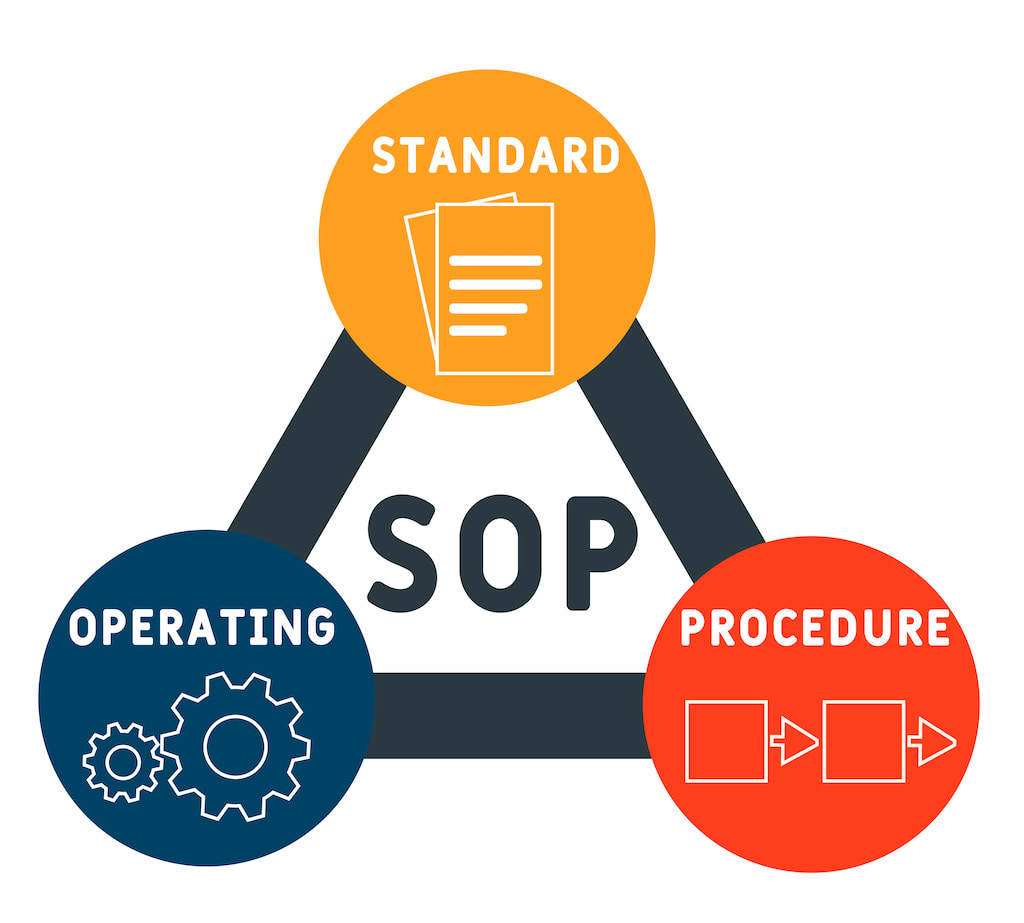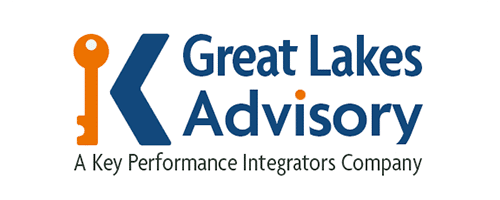What is SOP? SOP stands for standard operating procedure. Do you know the two different types of SOP? One is management SOP and the other is technical SOP. In either case, they communicate things across every level of your organization. Having the right ones in place benefits the entire company. If you’re not sure what types of SOP your organization might need, then SOP consultants can help.
Major Types of SOPs
How many types of SOPs are there? As we’ve mentioned, there are just two primary ones. One is management SOPs, and the other is technical SOPs. In order to succeed, your business is going to need both.
#1 Management SOPs

It might sound redundant to have SOPs for SOPs, but there need to be management-level procedures overseeing the rest of the SOPs within a business. There need to be methods for knowing when SOPs need to be created and put into place. However, there also need to be procedures for knowing when to review and update them. Total replacements are also sometimes necessary.
#2 Technical SOPs
One of the types of standard operating procedures is the category of technical SOPs. Rather than operating on a managerial level, these are more about how to do and finish something. These are often actions that are repeated on a regular basis. They might also be inspections or preventative measures. Technical SOPs often happen at a “ground floor” level by frontline workers who handle the daily operations of a company.
If you need third-party professional help with this, SOP consultants are available.
Common SOPs Formats
SOPs can have some variety in their format or how they are explained. There are some common elements, however. Many have a title page, a table of contents, procedures, steps, and a flow chart. Video content is also very useful. Whatever the format is, an SOP has to outline the scope, required steps, objectives, and accountability.
Hierarchical Steps
When an SOP has a rather intricate implementation, it might not be as simple as a 1-2-3 process. If you find yourself needing to break it down into 2a, 2b, 2c, and more, then a hierarchical approach is a good idea. You need something that balances the complexity of a procedure with the simplicity that helps employees get it done correctly.
Flowchart Format
Flowcharts are useful when several different results might be possible. If you have something where the result isn’t predictable, then a flowchart SOP can be a useful way to map out the procedures for organizational purposes. Every step on your flow chart will provide workers with the directions they need to follow next.
Checklists
Checklists are one of the simplest SOP methods. Workers following a checklist can start with whatever item on the list is the most convenient and then move from there. Simply following the process of elimination lets them get most of the list done before they have to focus on only a few remaining items to get it all done.
Step-by-Step Checklists
A step-by-step checklist is different. The items might be bulleted or even numbered. That means there’s a sequence that should be followed for simple tasks that don’t need much clarification. This might be useful for helping new employees learn how to log in to a program or use the time clock.
The Main Features of an SOP
SOPs should have certain features.
Responsibilities
Someone has to be responsible for executing a procedure, reviewing it, and updating it.
Accountability Measures
Accountability outlines the specific duties of each worker for tracking purposes.
Purpose of the Work
This delineates why something is done so employees know the problem to be solved and when the SOP applies.
Procedures
Procedures need to be easy to implement but they’re important because they offer actionable steps employees can take to ensure SOP compliance.
Why Do SOPs Sometimes Fail?
Technical SOPs will sometimes fail simply due to the fact that management within an organization hasn’t put a process in place for them to be successful. SOPs require updating and new approval anytime there are changes to functions, assets, employees, or procedures.
A good review makes sure that procedures are up-to-date and still cost-efficient. New employees must always be trained to match the most recent safety and quality standards. If you’d like to know how to write SOPs that are effective and sustainable, then check out this resource.
Why Are SOPs Necessary for Your Business?
Standard operating procedures are necessary for your business. They make sure that everyone is on the same page, doing things the same way, and producing the best results possible on a regular basis. If you want industry professionals to help you with this, then schedule an appointment with us.
Time-Saving
SOPs save time. They help you train employees how to do something the best possible way, and then they can always help remind them of best practices when they forget. Once someone does figure out the fastest way of doing anything, an SOP can be created around it so that everyone can take advantage of one person’s inspiration or knowledge.
Ensure the Safety of Employees
Everyone needs to do the same thing the same way or there might be complications that put people or products at risk. SOPs maintain consistency so you know that everyone on your team is on the same page and preventing problems rather than creating them by doing things their way.
Ensures Compliance Standards Are Met
Many industries have compliance standards that have to be met. SOPs can be created for every one of those standards. Any business can use SOPs to prevent matters of safety or liability from dragging down their operations or profitability.
Improved Communication
The majority of modern employees don’t feel like they are communicated with very well, and even many managers don’t feel comfortable with communicating enough. SOPs are a way to bridge all kinds of communication gaps within an organization.
Enhanced Accountability
SOPs means that there are standards everyone must follow. However, everyone will know what those standards are and how they are going to be measured on them. They’ll even know to whom they are accountable. There doesn’t have to be any fear or surprises because everyone knows what their job expectations are, how they are going to get judged, who will judge them, and when this will happen.
Provides Consistency
A smooth workflow relies on everyone doing things the same way so you always get the same result. Your company’s productivity should be the same regardless of who is on duty at the time, and SOPs are a means to that end.
Maintains Organizational Knowledge
Even though you might have some employees who know more than others, are they always going to be around? Some will get promoted, move on, call in sick, or just go on vacation. Days off won’t matter when anyone can look up how things need to be done.
Provides a Guiding Hand
Employees want to do good work. Everyone likes feeling satisfied with their effort, and many just want to know their job is safe. Providing them with formally approved and constructed procedures can be their compass to doing things properly. This is a wonderful benefit to team spirit and morale.
Onboarding and Training
If you provide the right training and onboarding materials for new workers, you might get twice as much productivity out of them while they work for you. At the very least, they’ll start producing for you faster than if they just have to figure things out along the way. Effective training might even help your retention rate at a time when good professionals are hard to find and harder to keep.
Bottom Line
Now you know what is SOP and the different types of SOP. If your company doesn’t have SOPs in place yet, then you need to make it happen. If you want to simplify things, then opt for digital solutions whenever that is a possibility. Recognize the need for third-party help if and when you need it. If you want to talk to our SOP consultants, then contact us right away.



